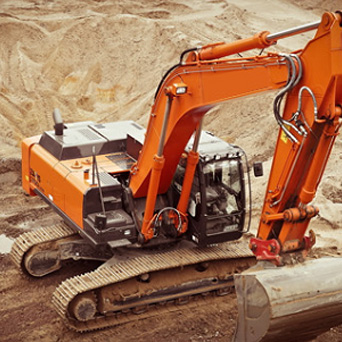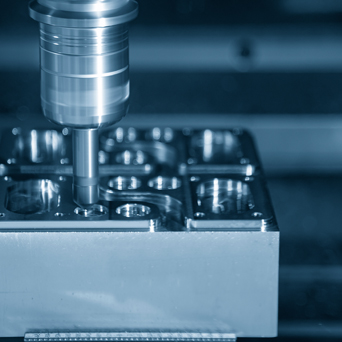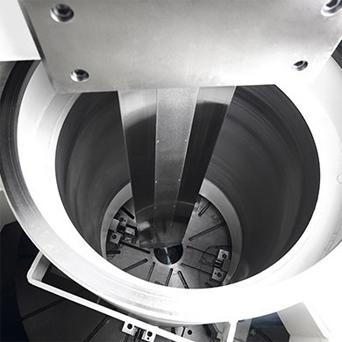Essential Maintenance and Troubleshooting Tips for Horizontal Lathe Machines
Horizontal lathe machines play a crucial role in various industries, enabling the precision shaping and machining of components. As with any machine, regular maintenance and the ability to troubleshoot common issues are essential for ensuring optimal performance and longevity. In this blog, we will discuss some practical tips to help you maintain and troubleshoot horizontal lathe machines efficiently.
Importance of Regular Maintenance
Understanding the Components:
To effectively maintain a horizontal lathe machine, it is vital to familiarize yourself with its various components. Get acquainted with the spindle, chuck, tailstock, carriage, and other essential parts. This knowledge will help you identify potential issues and perform necessary maintenance procedures promptly.
Lubrication and Cleaning:
Proper lubrication is paramount to keep your horizontal lathe machine functioning optimally. Regularly check oil levels and quality, and follow the manufacturer's recommendations for lubrication intervals. Additionally, cleanliness is crucial; keep the machine free from dust, debris, and swarf to prevent potential malfunctions or damage.
Inspect and Adjust Critical Parts:
Check the alignment of the headstock, tailstock, and carriage using precise measuring tools. Misalignment can lead to poor machining results or premature wear of components. Adjust, tighten, or replace any loose or worn-out parts to ensure accurate and efficient operations.
Common Troubleshooting Tips
Abnormal Vibrations:
If you notice excessive vibrations during machining operations, it can indicate several issues. Start by ensuring that the lathe is securely anchored to the floor and bolted in place. Misalignment of components, worn-out bearings, or improper tooling can also cause vibrations. Investigate these potential causes and take appropriate measures to rectify them promptly.
Inaccurate Cutting or Shaping:
If your horizontal lathe machine is producing inconsistent or inaccurate cuts, it may be due to receding levels of tool sharpness. Dull tools can negatively impact the machining process and compromise the quality of the finished product. Regularly inspect and replace worn-out tooling, ensuring you have the correct tools for the specific job at hand.
Electrical and Control System Issues:
Electrical problems can disrupt the functioning of your horizontal lathe machine. Check all electrical connections regularly, ensuring they are secure and free from damage. Familiarize yourself with the control system and monitor for any error messages or abnormalities in operation. If necessary, seek professional assistance to resolve complex electrical issues related to the machine.
Professional Maintenance and Service
Scheduled Preventive Maintenance:
In addition to routine self-maintenance, it is crucial to adhere to a scheduled preventive maintenance program conducted by experienced professionals. These experts can perform comprehensive diagnostics, complete any required replacements, and ensure that critical components are functioning optimally.
Training and Education:
Investing in training programs for operators and maintenance personnel can significantly enhance the overall performance of your horizontal lathe machine. Enrolling your team members in manufacturer-recommended training courses will equip them with the necessary skills to handle complex troubleshooting tasks efficiently.
Professional Servicing:
If you encounter persistent issues or need expert assistance with maintenance and troubleshooting, do not hesitate to reach out to authorized service providers or manufacturer representatives. Their expertise will help resolve any complex problems, ensuring your horizontal lathe machine operates at peak performance for years to come.
By following the maintenance and troubleshooting tips outlined in this blog, you can proactively ensure the efficient functioning of your horizontal lathe machine. Preventive maintenance, regular cleaning and lubrication, and timely troubleshooting can minimize downtime and improve the longevity of your equipment. Remember, a well-maintained machine leads to improved productivity and superior machining results.
-
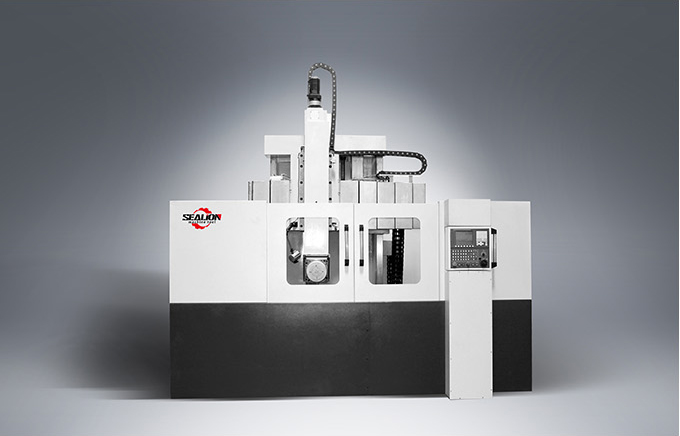
Demystifying Workpiece Setup and Clamping Mechanisms in Horizontal CNC Boring Bars
In today's ever-evolving manufacturing industry, the demand for precise and efficient machining processes is paramount. Horizontal CNC boring bars have emerged as an indispensable solution for ach... -

Future Development and Skill Improvement of CNC Centre Lathe
The 21st century is a century with flourishing science and technology, as well as an important century of industrial breakthrough. Since entering the 21st century, we have been developing and improvin... -
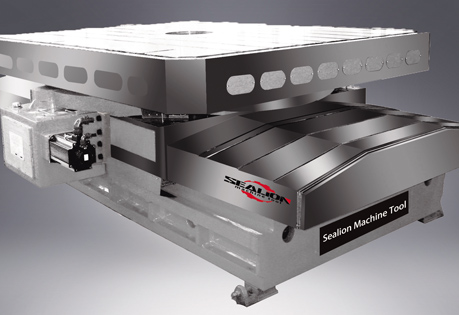
Workpiece Holding and Positioning Mechanisms in Horizontal CNC Rotary Tables
As technology advances, the demand for efficient and precise manufacturing processes continues to rise. Horizontal CNC rotary tables have become a popular choice for industries that require high-preci...


